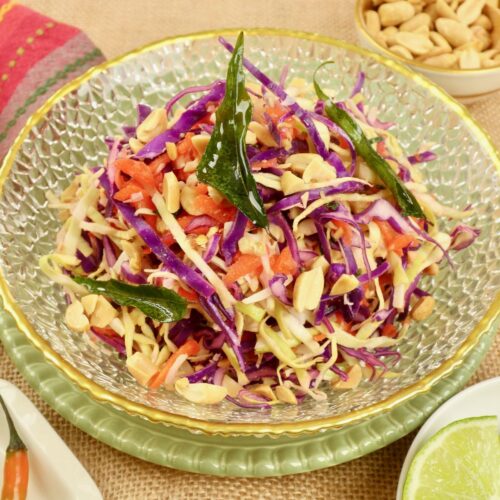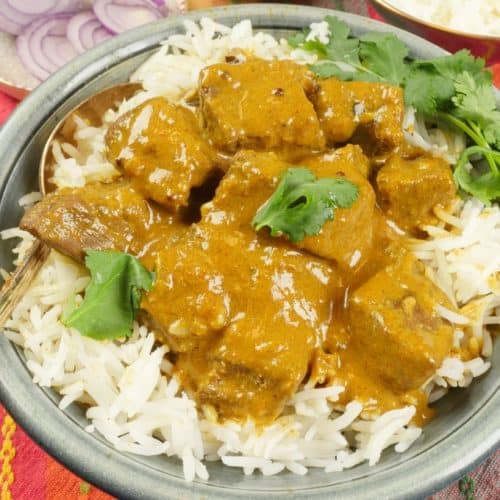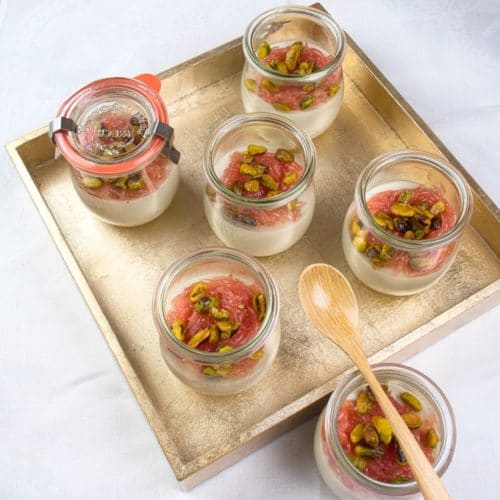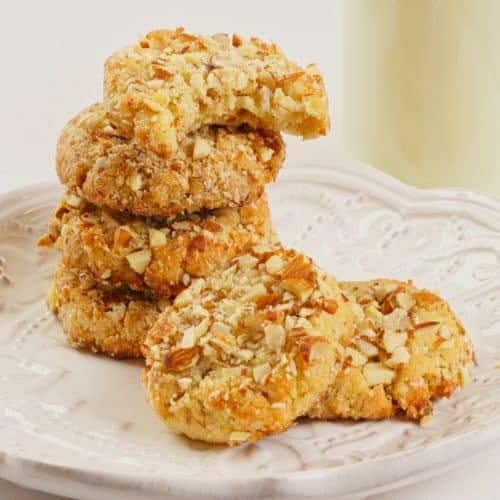The amazing coconut palm is endlessly productive. This is your one-stop source for good substitutions for anything coconut, from Aminos to Vinegar.
Coconut in all its forms adds richness and nutty sweetness to both sweet and savory dishes. Perfect with curries, lentils, vegetables, or as a foundation for puddings—rice or chocolate, ice cream, custard, and panna cotta.
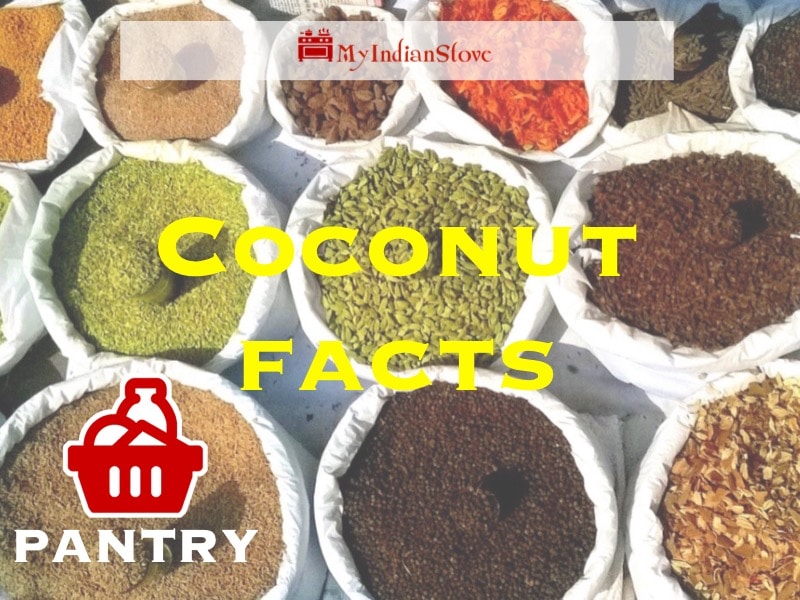
Jump to:
The Many Uses of the Coconut Tree
Fruit of the versatile coconut palm tree is used as coconut water, milk, cream, flour, sugar, liquor, oil, and more. The shell is are also used in a variety of non-food ways. Mostly grown in Indonesia, the Philippines, and India, the coconut is also used extensively in beauty products. It is a favorite moisturizer for skin and hair, in manicures to soften cuticles, and as a makeup remover.
Refined coconut oil can be used to cook at high heat, up to 400°F (200°C). And on the sweet side, I find when I use coconut milk or cream, I don’t need to add as much sugar in a recipe because it is naturally slightly sweet. Especially in my whipped coconut cream, I find I need only a tiny bit of added confectioners sugar.
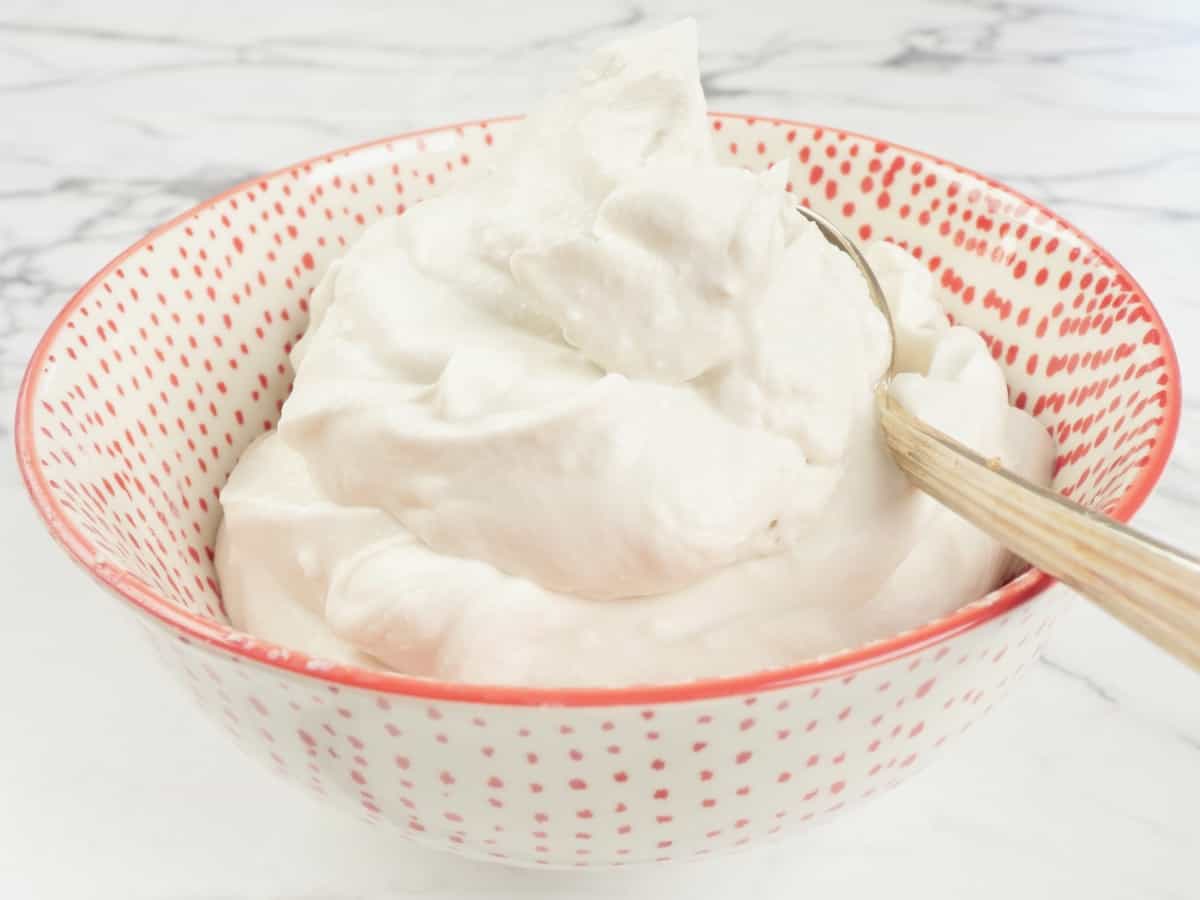
Coconut Whipped Cream
Aminos
What they are: Coconut aminos is a dark-colored sauce that tastes similar to soy sauce. It comes from the sap of the coconut plant. After extraction, the sap gets stored and is fermented. The end result doesn't taste like coconut.
Coconut aminos are soy-free and gluten-free, so they work well for people with allergies to soy or wheat.
Substitutes and Uses
Used in place of soy sauce, which also is the closest substitute. However, it is worth noting that coconut aminos have much less salt.
Butter
What it is: Coconut butter is made by grinding dried coconut into a paste.
Substitutions 1:1
- Peanut butter
- Cashew butter
- Tahini
- Almond butter
Uses
There are so many ways to use coconut butter. Add it to baked goods, especially cookies. Dessert Person's banana bread with almond butter is so good and coconut butter would be a perfect sub.
Add it to smoothies, drinks, and curries, as a spread, or melt and drizzle over vegetables.
Make coconut butter with a recipe from the Minimalist Baker.
Condensed Milk, Sweetened
What it is: Sweetened condensed coconut milk is simply coconut milk that has been simmered until thickened to which sugar has been added. Use wherever the dairy sweetened condensed milk is used.
However, it will not work in a dessert that requires the reaction between the proteins in milk and acid—lemons or limes. Such as in the famous Atlantic Beach Pie.
Substitutions
- Cream of coconut can be substituted cup for cup. The sweetened, thick consistency of cream of coconut closely resembles sweetened condensed coconut milk.
- If dairy is not a problem, regular sweetened condensed milk is the closest swap.
To make coconut sweetened condensed milk see Detoxinista for the how-to.
Cream of Coconut
What it is: A very thick and sweetened cream that is used in drinks and desserts. It comes in cans or squeeze bottles. Cream of coconut and coconut cream are not interchangeable.
Substitutions
- You can use equal parts of coconut syrup (like Torani syrup) for beverages and some baking recipes.
- Add coconut extract to sweetened condensed milk.
- For drinks use coconut liqueur and a drop of coconut extract.
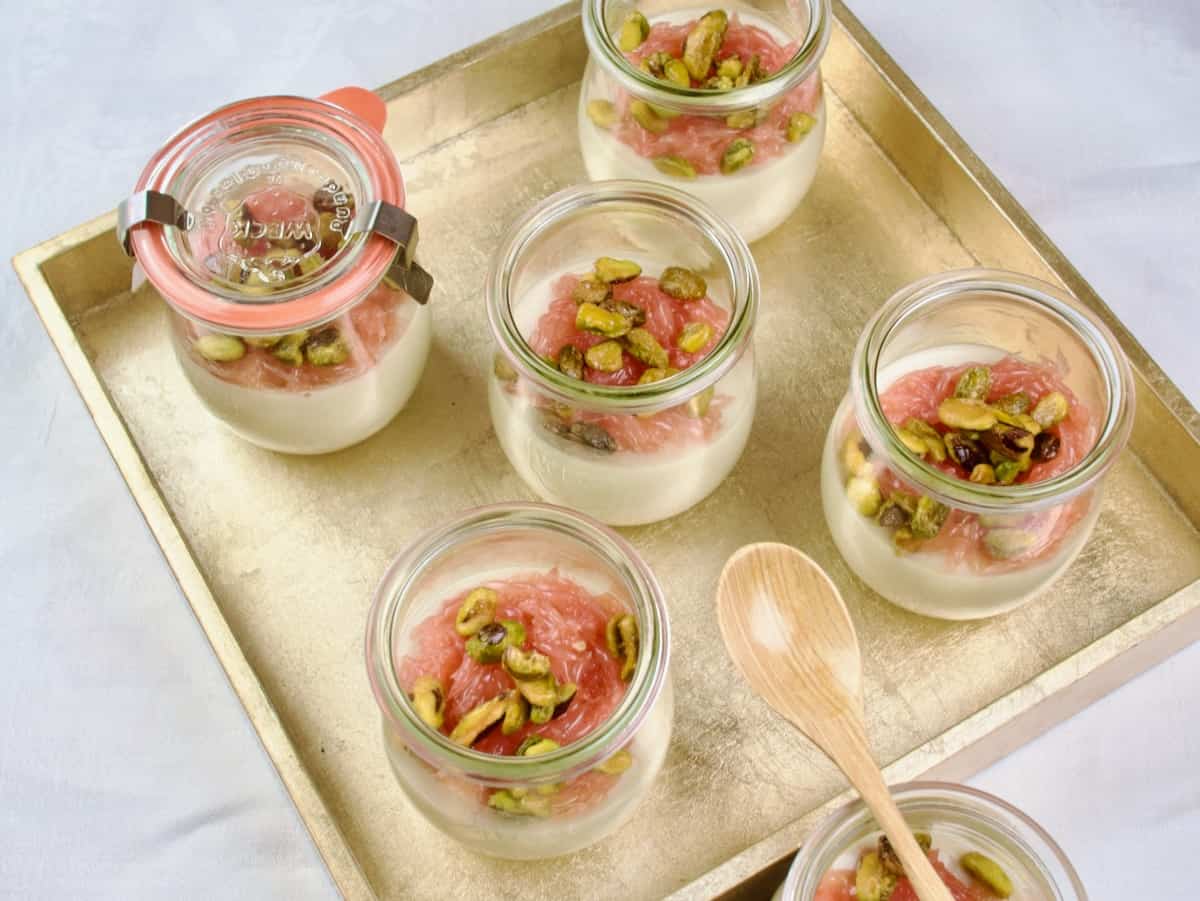
Indianish Coconut Custard
Dried
Fresh coconut flesh is dried and most commonly found as desiccated, flaked, or shredded. They all can be used as a stand-in for nuts in many applications. Alternatively, use one teaspoon of coconut extract per cup of coconut called for in your recipe as a substitute for a coconut flavor.
Flaked or desiccated coconut is probably the most common coconut product in the American kitchen. It is most often used in baking and other desserts.
For recipes that call for fresh coconut, rehydrate desiccated or flaked coconut:
Pour warm water to cover the coconut generously and rub the coconut with your fingers for half a minute or so to hurry the absorption along. Cover the bowl and let sit for an hour. Drain and place on paper towels. Squeeze out the excess moisture and use it as you wish.
Make coconut milk from desiccated or shredded coconut:
Take 3 cups of water and add 2 cups of dry unsweetened coconut and a pinch of salt. Process in a high-speed blender until well combined. Strain with a nut milk bag or thin towel.
Desiccated
What it is: Dried and coarsely ground coconut with more moisture and fat than either flaked or shredded coconut. It is not a substitute for coconut flour unless you use a blender or food processor to grind it finer.
Substitutions
- In most applications, desiccated and shredded coconut can be used interchangeably. If you are needing a finer ingredient, give it a whirl in a blender or food processor.
- Coconut flour is also a good stand-in.
- Coarsely ground nuts will add similar texture and richness to a dish. Ground macadamias, Brazil nuts, almonds, crushed pistachios, or pecans all work well.
Uses
- Desiccate coconut works well as a replacement for coconut milk in a curry.
- Baking: It compliments cookies and baked goods in both flavor and added texture. Macaroons are the most popular use.
- Great added to smoothies, sprinkled on salads, or stirred into vegetables.
Flaked:
What it is: Dried coconut that is shaved into long, wide flakes.
Substitutions
- Shredded coconut
- If a texture isn't required, use one teaspoon of coconut extract per cup of coconut called for in your recipe.
Uses
- Instead of old-fashioned oats. You need to process the flakes a bit depending on how large they are and the recipe you are using them in.
- Use instead of shredded coconut. As with an oats replacement, you may need to process a bit depending on how large your coconut flakes are and the recipe.
- Add coconut flakes to salads, oatmeal, granola, cereal, ice cream, and toast garnish cakes.
- They add texture to baked goods, especially cookies.
Further information: Learn how to make flaked coconut at the Cupcake Project.
Shredded
What it is: Dried coconut defatted and cut into strands. Comes in sweetened and unsweetened.
Substitutions
- Flaked coconut can be broken down in a blender as a stand-in for the shredded version.
- Unsweetened shredded coconut can stand in for the sweetened variety, but be careful of the other way around, depending on your recipe.
- Nuts like macadamia or Brazil nuts which as similar in flavor and added richness.
Uses
Use in smoothies, in baking, for curries, or as milk in coffee drinks, and over cereal. For more information see Zero-Waste Chefs detailed instructions on how to make coconut milk from shredded coconut.
Further information: Learn how to make shredded coconut at the No Carbs ~ Low Carbs website.
Measurements:
- 7 oz pkg = 2 1/2 cups = 198 grams
- 4 ounces shredded, flaked coconut = 1 1/3 cups = 114 grams
- 1 cup shredded, desiccated coconut = 80 grams
- 1 tbsp. dried coconut = 1 1/2 tablespoon fresh coconut
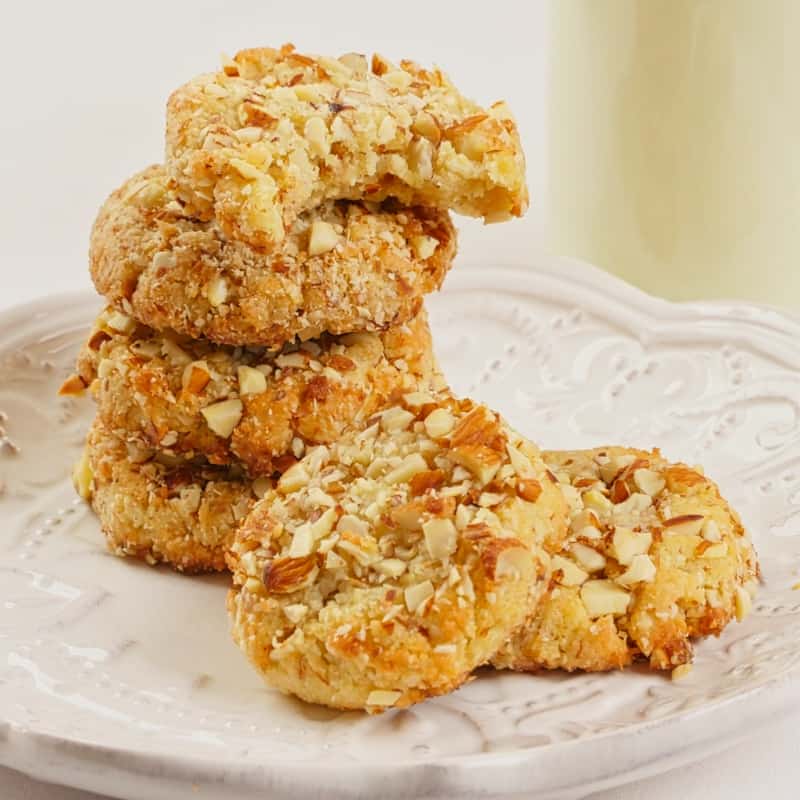
Paleo Coconut Almond Cookies
Flour
What it Is: It is made from dried coconut milk and finely ground.
Substitutes
Substituting other flours for coconut is tricky. However, depending on what you are making you can use:
- Almond flour, however, does not absorb liquid as well as coconut flour. You will need to cut back on the amount of liquid used in your recipe.
- Cassava flour is an option though you will need to use around 3 or 4 times as much cassava flour as coconut flour.
Uses
Used in paleo, gluten-free, and vegan baking, coconut flour is versatile, but finicky, because it absorbs a large amount of liquid. This makes it a good thickener or adds moisture to baked goods.
To bake with coconut flour, find a trusted source for recipes using this ingredient so that you don’t end up disappointed.
Further information: about using coconut flour, visit Jenny McGruther’s Nourished Kitchen blog.
Fresh
Measurements:
- 1 fresh coconut yields about 1 pound of coconut meat = 454 grams = 5 cups grated coconut = 1/2 cup coconut milk
- 1 cup of fresh, grated, flaked coconut = 90 grams
- 1 1/2 tablespoon fresh coconut = 1 tbsp. dried coconut
Many grocery stores sell frozen grated coconut and I keep a bag handy in the freezer. I must confess that my inherent laziness has prevented me from making coconut milk or cream from a fresh coconut. However, if you would like to give it a go, here are two good resources:
- The food magazine Saveur has a good instructional article on processing a fresh coconut
- And Barnali Saikia of Barnali’s Kitchen gives a great video demonstration
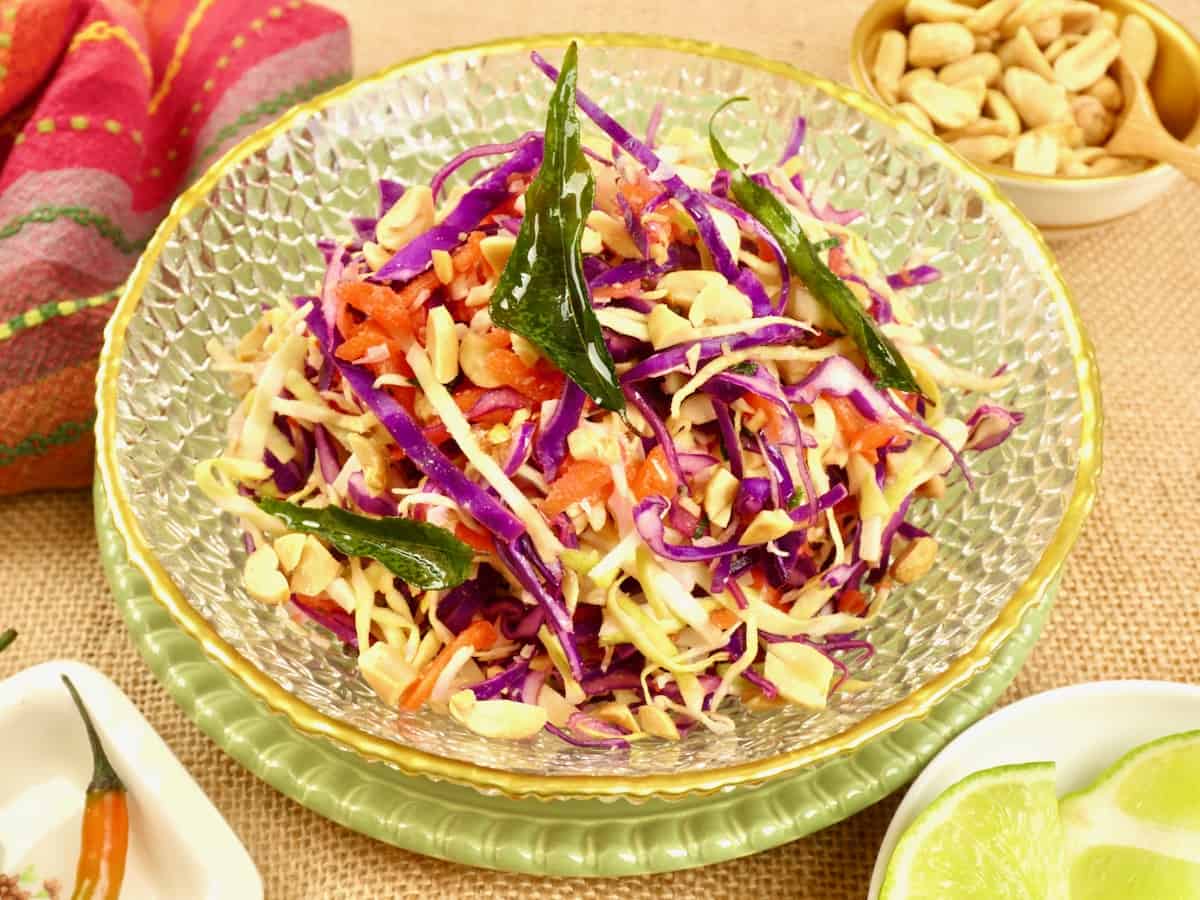
Indianish Coconut Cabbage Salad
Coconut Milk and Cream
Coconut milk and cream are convenient pantry items. They are a boon to vegans and vegetarians as a swap for dairy milk or cream. They are both made from coconut and water.
Uses
Either coconut milk or cream adds a rich coconut flavor and slight sweetness. Its rich, creamy texture also makes it a great addition to curries, soups, smoothies, and desserts.
Measurements: 13 1/2 oz can = 1 1/2 cups
Coconut Milk
What it is: Coconut milk is a thick, rich, white liquid extracted from the pulp of mature coconuts. It is approximately 17% fat.
Substitutes
- Coconut cream diluted by half makes a great stand-in for coconut milk.
- Coconut milk powder is a shelf-stable product that is a good substitute for coconut milk. It can be found in some grocery stores, health food stores, and online.
- Heavy or whipping cream at about 36% fat works well diluted by half with water.
- Yogurt: If the recipe doesn't require boiling, you can sub in yogurt one for one.
- Make your own coconut milk using the instructions above under "shredded, uses."
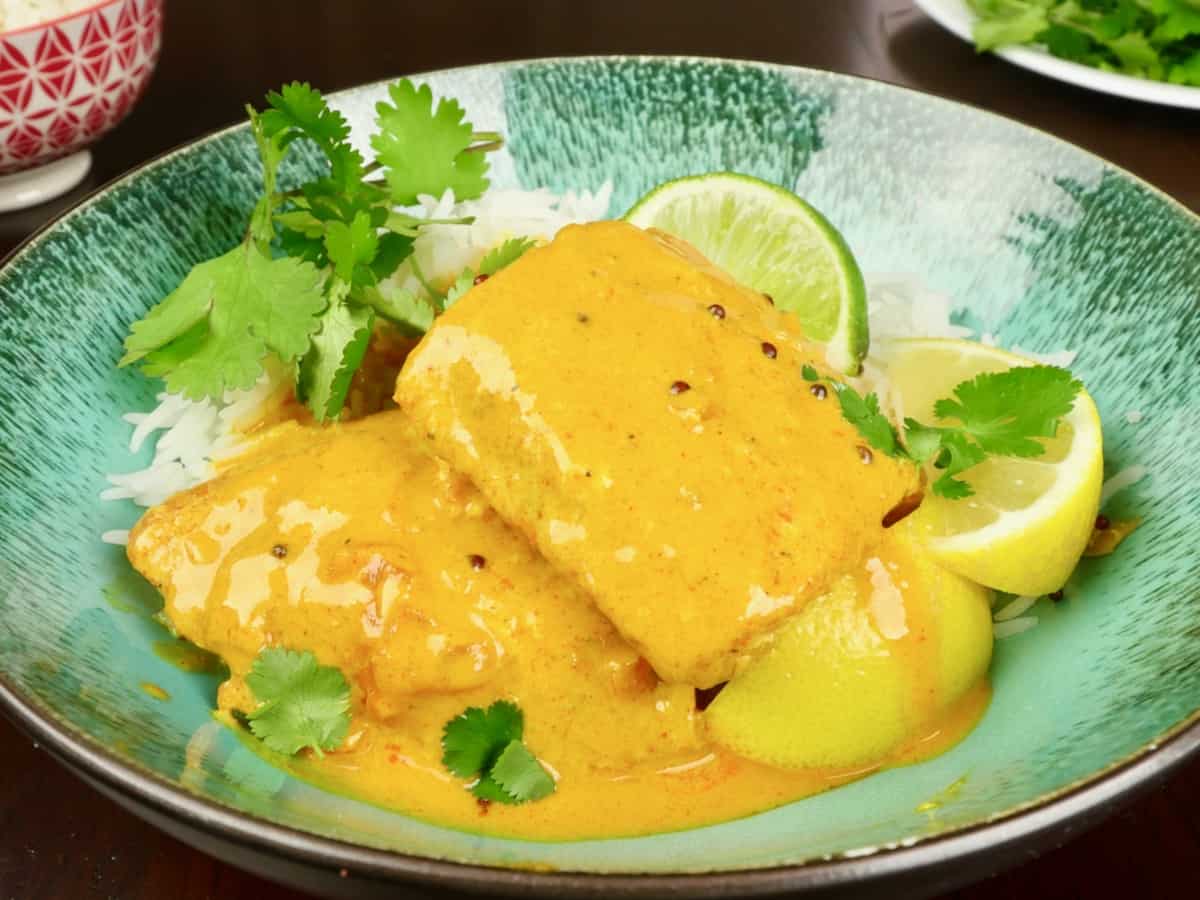
Kerala Fish Curry Slow Baked
Coconut Cream
What it is: Coconut cream is made by simmering shredded coconut meat in water and then straining out the coconut solids. It is thick and rich with a fat content of between 20 and 50% fat depending on the brand.
Substitutes
- If you have a can of coconut milk, pop in the refrigerator overnight. Without shaking the can, open it and skim off the cream that solidifies on top.
- Heavy or whipping cream which has about 36% fat works well.
- Greek-style yogurt 1:1 is a sub as long the recipe doesn't require boiling. Or add it and the end when it can be just warmed through.
Uses
- Whipped cream
- Tropical drinks
- Adds flavor and richness to vegan and dairy-free foods. It works especially well in recipes like sauces, curries, cakes, and custards.
Go to Love & Lemons for a recipe for coconut cream.
Brand Recommendations for Coconut Milk and Cream:
There are many brands coconut milk brands, and depending on your concern about guar gum and emulsifiers, you have various options. Guar gum helps keep coconut milk and cream from separating. And in some desserts, this is important as you may or not want the cream to separate. When making a curry, this isn’t an issue.
Here are some brands of coconut milk and cream that do not contain guar gum:
- Native Forest Simple Organic Unsweetened Coconut Milk
- Organic Coconut Milk
- Savoy Coconut Cream
- Aroy-d Coconut Milk
Other recommended coconut milk and creams are:
- Native Forest Classic Organic Coconut Milk
- Native Forest Organic Coconut Cream
- 365 Everyday Value Organic Coconut Milk
- So Delicious Dairy-Free Unsweetened Organic Coconut Milk Beverage
Oil
What it is:
Coconut oil is made by pressing fresh coconut meat or dried coconut meat called copra. Virgin coconut oil uses fresh meat, while refined coconut oil typically uses copra. Unlike olive oil, the terms “virgin” and “extra virgin” are not regulated with coconut oil.
An online Harvard University paper
Substitutions
- Coconut oil can be swapped 1:1 for other fats
- Butter for baking
- Olive oil, avocado, or grapeseed oil for cooking
Uses
Here are some other basic cooking and baking with coconut oil tips:
- If you are looking for the flavor of coconut, use unrefined coconut oil. If you want a more neutral result, use refined coconut oil.
- When baking with coconut oil, bring the rest of the ingredients to room temperature because coconut tends to seize up.
- If you want to swap coconut oil for butter in a pie crust, use coconut oil in its solid form. It becomes solid when stored below 76°F (24°C). If your kitchen is warm you may need to let the oil rest in the fridge for a half-hour or so.
Sugar
What it is: Coconut sugar is also called coconut palm sugar and is made from the sap of coconut palm. From a health standpoint, coconut sugar has a glycemic index of 35, much lower than regular refined sugar which comes in at 63.
Coconut sugar is also available in liquid form which is labeled as coconut sap or coconut nectar.
Substitutions
Since other sugars are a bit sweeter than coconut sugar, you may want to reduce the amount.
- Brown sugar—The best sub
- Sucanat
- Raw honey
- Maple syrup
- Agave syrup
- Maple sugar
- White sugar
Uses
- In baking: cakes, cookies
- Sauces, and any other recipe where regular sugar is used
- Puddings and custards
For more than you ever thought you needed to know about coconut sugar see Not Enough Cinnamon for the low down.
Feni (Liquor)
Feni is a liquor that can be made from either cashew apples or the sap of a coconut palm tree. I have found sources for feni in the United States, but they all seem to be made from cashew apples instead of coconut palm. However, if a recipe calls for feni, an equal amount of apple cider vinegar makes a good substitution. For more details, this Wikipedia article on feni is a great place to start.
Water (Juice)
What it is: Coconut water is made from the clear liquid inside young green coconuts.
Substitutions
- Maple water
- Aloe vera water
- Watermelon water
- In baking, use coconut extract, coconut oil, or shredded coconut for a coconut flavor. Or use coconut milk to replace the required liquid.
Uses
- Coconut water is a popular ingredient used in cocktails, mocktails, smoothies, and other beverages.
- It is also a favorite way to get sugar and electrolytes.
Coconut Vinegar
What it is: It’s made from the sap of the flowers of coconut trees. This sap ferments for 8–12 months, naturally turning into vinegar.
Substitutes
- Cider vinegar
- Rice vinegar
- Sherry vinegar
- Palm vinegar
- Malt vinegar
Uses
- Curries
- Dressings
- Pickles
- Marinades
If you want to try making coconut vinegar at home head over to NDTV for their recipe.
Coconut and Health
Unprocessed coconut is high in some important micronutrients, although what nutrients remain in a can of coconut milk is a question. As with many foods, all sorts of health claims are made and there are competing points of view on how healthy coconut products really are. What is true for most people is that coconut milk and coconut oils are healthy when used in moderation.

